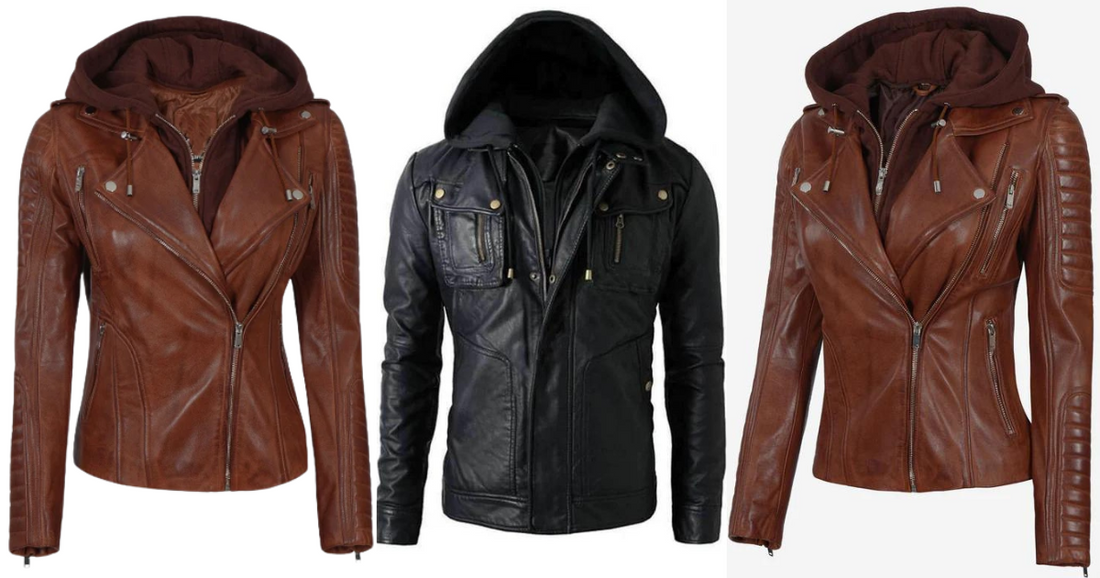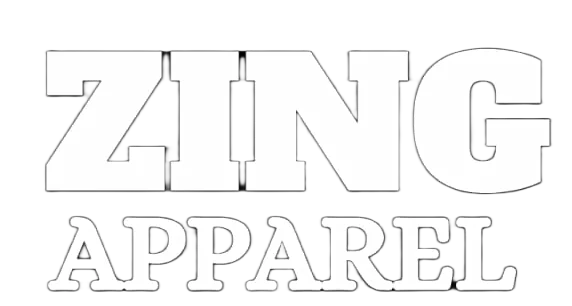
Guidelines for Selecting an Authentic Leather Jacket
For both men and women, a well-fitting leather jacket is an essential piece of clothing. Because high-quality authentic leather jacket can be expensive for everyone, purchasing one is frequently seen as a one-time, long-term investment. It is intended to be durable, ageless, and incredibly adaptable to fulfill a variety of purposes.
Purchasing a quality leather jacket may become quite difficult and confusing with so many alternatives available. This article will walk you through each step of selecting the ideal leather jacket. It will be centered on all the things you should consider when purchasing a leather jacket to avoid regretting your choice after shelling out a sizable sum of money.
Top 5 Guidelines for Selecting an Authentic Leather Jacket
Here are the top 5 guidelines for selecting an authentic leather jacket:
- leather type and quality.
- find the perfect fit.
- Joints and panels.
- consider the price-quality ratio.
- Hardware and Accessories.
1. Leather Type and Quality:
It's important to educate oneself about the many varieties of leather before purchasing a leather jacket. Common selections include genuine leather, full-grain leather, and top-grain leather. The best leather is top-grain, which has remarkable durability and inherent marks. Full-grain leather still feels nice and is durable, but it has undergone a little more processing to give it a more polished appearance.
The most vital and significant step in purchasing a leather jacket is deciding on the kind of leather and understanding what kind of leather is used in the garment. For an average individual with little expertise in this topic, it is challenging to tell what is what. Before purchasing your ideal leather jacket, you could do worse than to educate yourself thoroughly about leather.
The first thing to think about is the type of animal skin you want used for your leather jacket. It's all a question of opinion, and the functionality and financial constraints will dictate what happens.
Selecting the grade or kind of leather—full-grain, top-grain, genuine, or corrected—is the second decision.
The last thing to check for is the leather's finishing; terminology like aniline and semi-aniline are frequently used in this context.
2. Find the Perfect Fit:
Your experience with leather jackets may be made or broken by the proper fit. It should snugly fit your body without being overly constricting or uncomfortable. To guarantee a pleasing fit, take into account the jacket's length, sleeve length, and shoulder breadth. Use the size charts and customer reviews as a reference when making an online purchase. Keep in mind that leather jackets should fit slightly snugly at first since they will likely shape your body over time.
3. Joints and Panels:
Understanding the leather jacket's panels and joints is the next piece of advice in our tutorial. Generally speaking, jackets with fewer panels and fewer joints would cost more than those with several panels and numerous joints.
There are, however, certain instances in which a jacket with many panels and joints may also be pricey because of the accents, such as embroidery or ornamentation, that are added in addition to the panels and joints.
4. Consider the Price-Quality Ratio:
Although purchasing a leather jacket is a worthwhile investment, it's crucial to find a balance between cost and quality. Greater quality, attention to detail, and superior materials are frequently reflected in higher price tags. However, to be sure you're receiving the most value for your money, do some research and compare prices offered by reliable stores. Recall that a high-quality leather jacket is an investment worth making since it will last for many years.
5. Hardware and Accessories:
One excellent and simple technique to assess the quality of a leather jacket or brand is to look closely at the hardware and accessories utilized in it. Before purchasing a certain jacket, one must confirm that it has high-quality hardware and attachments.
Patches, motifs, studs, eyelets, buckles, and any other kind of supplementary, frequently ornamental feature used to improve the jacket's appearance are examples of accessories, also known as embellishments. Similarly, hardware includes any kind of button, zipper, or metallic feature with practical use, like a jacket closing.
YKK and RiRi zippers are well-known brands. Its usage implies that the jacket's other components would also be of high caliber. These zippers zip more smoothly, with greater strength and sheen.
Read More:
- Top Stylish Jackets For Men
- Top 6 Benefits of Full Grain Leather Jacket
